Analysis of Time Use Surveys Using CO-STATIS: A Multiway Data Analysis of Gender Inequalities in Time Use in Colombia
Abstract
1. Introduction
1.1. Time Use Analysis in Gender Studies
1.2. Time Use Studies by Socioeconomic Status
1.3. Time Use Studies with a Life Cycle Approach
1.4. Time Use Studies by Means of Modeling Techniques
2. Materials and Methods
2.1. Data in Analysis
2.2. CO-STATIS Analysis
2.3. Step 1: Triadic Partial Analysis or X-STATIS
2.4. Step 2: Co-Inertia Analysis
3. Results
3.1. Results Using X-STATIS
3.1.1. Interstructure Analysis
3.1.2. Compromise Analysis
3.1.3. Intrastructure Analysis
3.2. Results of the Co-Inertia Analysis
4. Discussion
4.1. Findings with the X-STATIS Analysis
4.2. Findings with the Co-Inertia Analysis
4.3. General Conclusions
Author Contributions
Funding
Institutional Review Board Statement
Informed Consent Statement
Data Availability Statement
Conflicts of Interest
References
- Hozer-Koćmiel, M.; Kuźmiński, W. Modelling Unpaid Housework Time in Poland on the Basis of a Time Use Survey. Folia Oecon. Stetin. 2020, 20, 177–189. [Google Scholar] [CrossRef]
- Powers, B.; Patterson, F.; Palmiere, K.; Healy, S. “I sit all of the time”: Health-related time-use among adults with intellectual disabilities. Res. Dev. Disabil. 2021, 108, 103817. [Google Scholar] [CrossRef] [PubMed]
- Foong, H.F.; Lim, S.Y.; Koris, R.; Haron, S.A. Time-Use and Mental Health in Older Adults: A Scoping Review. Int. J. Environ. Res. Public Health 2021, 18, 4459. [Google Scholar] [CrossRef]
- Chong, K.H.; Parrish, A.-M.; Cliff, D.P.; Dumuid, D.; Okely, A.D. Cross-Sectional and Longitudinal Associations between 24-Hour Movement Behaviours, Recreational Screen Use and Psychosocial Health Outcomes in Children: A Compositional Data Analysis Approach. Int. J. Environ. Res. Public Health 2021, 18, 5995. [Google Scholar] [CrossRef] [PubMed]
- Ko, H. Daily Time Use by Activity of Community-Dwelling Older Koreans: Focus on Health Management. Int. J. Environ. Res. Public Health 2021, 18, 1688. [Google Scholar] [CrossRef]
- Janurek, J.; Abdel-Hadi, S.; Mojzisch, A.; Häusser, J. The Association of the 24 Hour Distribution of Time Spent in Physical Activity, Work, and Sleep with Emotional Exhaustion. Int. J. Environ. Res. Public Health 2018, 15, 1927. [Google Scholar] [CrossRef] [PubMed]
- Connelly, R.; Kongar, E. Feminist Approaches to Time Use. In Gender and Time Use in a Global Context; Palgrave Macmillan: New York, NY, USA, 2017; pp. 1–29. [Google Scholar] [CrossRef]
- Rubiano-Matulevich, E.C.; Viollaz, M. Gender Differences in Time Use: Allocating Time between the Market and the Household. World Bank Policy Res. Work. Pap. 2019, 8981, 1–53. [Google Scholar]
- Ferrant, G.; Thim, A. Measuring women’s economic empowerment: Time use data and gender inequality. OECD Dev. Policy Pap. 2019, 16. [Google Scholar] [CrossRef]
- Aguiar, N. Mudanças no uso do tempo na sociedade brasileira. Rev. Cienc. Sociais Política Trab. 2011, 34, 73–106. [Google Scholar]
- Neubert, L.F. Renumerated Work and Leisure Activities: Analysing the Effects of the Social Tratification on Time Use in a Brazilian Capital. In Proceedings of the of XXVIIII Conference IATUR 2007, Session 6: Work and Nonwork Time, Washington, DC, USA, 19 October 2007. [Google Scholar]
- Kolpashnikova, K.; Chiba, R.; Shirakawa, K. Socioeconomic Status and Housework: Cultural Differences in Participation in Routine Housework in Japan, Canada, and the US. OSF Prepr. 2019, 673. [Google Scholar] [CrossRef]
- Candia, D. Análisis y Modelación del Uso de Tiempo de los Trabajadores Chilenos. Master’s Thesis, Universidad de Chile, Santiago, Chile, 10 October 2019. [Google Scholar]
- Samonova, E.; Devine, D.; Sugrue, C.; Capistrano, D.; Sloan, S.; Symonds, J.; Smith, A. Power, Agency and Children’s Time Use in Rural Sierra Leone. In Children Geography; Routledge: Oxfordshire, UK, 2021. [Google Scholar] [CrossRef]
- Blaurock, S.; Kluczniok, K. Basic care, play, and teaching: The home learning environment and the ‘developmental gradient’ in time use with children. Early Child Dev. Care 2019, 189, 2099–2112. [Google Scholar] [CrossRef]
- Vernon, L. Time-use for the iGeneration: A person-centered approach. Hum. Behav. Emerg. Technol. 2019, 1, 91–102. [Google Scholar] [CrossRef]
- Kim, H.; Moon, H.; Yoo, J.P.; Nam, E. How Do Time Use and Social Relationships Affect the Life Satisfaction Trajectory of Korean Adolescents? Int. J. Environ. Res. Public Health 2020, 17, 1532. [Google Scholar] [CrossRef] [PubMed]
- Chai, X.; Margolis, R. Does Living Alone Mean Spending Time Differently? Time Use and Living Arrangements Among Older Canadians. Can. Stud. Popul. 2020, 47, 9–25. [Google Scholar] [CrossRef]
- Steptoe, A.; Fancourt, D. Leading a meaningful life at older ages and its relationship with social engagement, prosperity, health, biology, and time use. Proc. Natl. Acad. Sci. USA 2019, 116, 1207–1212. [Google Scholar] [CrossRef]
- López-Pereiro, S. Las Encuestas Sobre el Uso del Tiempo Como Herramienta para Conocer las Desigualdades de Género: Análisis y Reflexiones. In Investigación Joven con Perspectiva de Género IV; Blanco-Ruiz, M., de Baranda, C.S.A., Eds.; Universidad Carlos III de Madrid, Instituto de Estudios de Género: Madrid, Spain, 2019; pp. 106–116. [Google Scholar]
- Rogge, N.; Van-Nijverseel, I. Quality of Life in the European Union: A Multidimensional Analysis. Soc. Indic. Res. 2019, 141, 765–789. [Google Scholar] [CrossRef]
- Fraire, M. Multiway data analysis for comparing time use in different Countries-Application to time-budgets at different stages of life in six European countries. Electron. Int. J. Time Use Res. 2006, 3, 88–109. [Google Scholar] [CrossRef]
- Kızılırmak, A.; Köse, T. Determinants of Leisure Time Use in Turkey. Gazi İktisat İşletme Derg. 2019, 5, 60–72. [Google Scholar] [CrossRef]
- Yoon, H.S.; Kim, K.H.; Choi, J.H. A Study on Clustering of Aged Person and Correspondence Analysis between Clustering and Amount of Time Use of Activities based on Time Use Survey. J. Korean Data Anal. Soc. 2014, 16, 3061–3072. [Google Scholar]
- Richardson, A.; King, S.; Olds, T.; Parfitt, G.; Chiera, B. Study and Life: How first year university students use their time. Stud. Success 2019, 10, 17–31. [Google Scholar] [CrossRef]
- Bittman, M. The Land of the Lost Long Weekend? Trends in Free Time among Working Age Australians, 1974–1992. Soc. Leis. 1998, 21, 353–378. [Google Scholar] [CrossRef]
- MacDonald, D. The relationship between videogames, time allocation decisions, and labour market outcomes—Evidence from the American Time Use Survey. Electron. Int. J. Time Use Res. 2016, 13, 34–57. [Google Scholar] [CrossRef]
- Zick, C.; Stevens, R.; Bryant, W. Time use choices and healthy body weight: A multivariate analysis of data from the American Time use Survey. Int. J. Behav. Nutr. Phys. Act. 2011, 8, 84. [Google Scholar] [CrossRef] [PubMed]
- Robinson, J.; Martin, S. IT Use and Declining Social Capital? More Cold Water From the General Social Survey (GSS) and the American Time-Use Survey (ATUS). Soc. Sci. Comput. Rev. 2010, 28, 45–63. [Google Scholar] [CrossRef]
- Hamermesh, D.; Frazis, H.; Stewart, J. Data Watch: The American Time Use Survey. J. Econ. Perspect. 2005, 19, 221–232. [Google Scholar] [CrossRef]
- Thioulouse, J. Simultaneous analysis of a sequence of paired ecological tables: A comparison of several methods. Ann. Appl. Stat. 2011, 5, 2300–2325. [Google Scholar] [CrossRef]
- Chessel, D.; Mercier, P. Couplage de Triplets Statistiques et Liaisons Especes-Environement. In Biometrie et Environnement; Lebreton, J.D., Asselain, B., Eds.; Masson: Paris, France, 1993; pp. 15–44. [Google Scholar]
- Jaffrenou, P. Sur L’Analyse des Familles Finies de Variables Vectorielles: Bases Algébriques et Applications à la Description Statistique; Université de Lyon: Lyon, France, 1978; 97p. [Google Scholar]
- Abdi, H.; Williams, L.; Valentin, D.; Bennani-Dosse, M. STATIS and DISTATIS: Optimum multitable principal component analysis and three way metric multidimensional scaling. WIREs Comp. Stat. 2012, 4, 124–167. [Google Scholar] [CrossRef]
- DANE, Departamento Administrativo Nacional de Estadística de Colombia. Encuesta Nacional de Uso del Tiempo. 2012–2013. Available online: http://www.dane.gov.co/files/investigaciones/boletines/ENUT/Bol_ENUT_2012_2013.pdf (accessed on 25 October 2021).
- DANE, Departamento Administrativo Nacional de Estadística de Colombia. Encuesta Nacional de Uso del Tiempo. 2016–2017. Available online: http://microdatos.dane.gov.co/index.php/catalog/MICRODATOS/about_collection/19/1 (accessed on 25 October 2021).
- DANE, Departamento Administrativo Nacional de Estadística de Colombia. La Estratificación Socioeconómica en el Régimen de los Servicios Públicos Domiciliarios. Available online: www.dane.gov.co/files/geoestadistica/Estratificacion_en_SPD.pdf (accessed on 25 October 2021).
- Slimani, N.; Guilbert, E.; El Ayni, F.; Jrad, A.; Boumaiza, M.; Thioulouse, J. The use of STATICO and COSTATIS, two exploratory three-ways analysis methods: An application to the ecology of aquatic heteroptera in the Medjerda watershed (Tunisia). Environ. Ecol. Stat. 2017, 24, 269–295. [Google Scholar] [CrossRef]
- Ladhar, C.; Tastard, E.; Casse, N.; Denis, F.; Ayadi, H. Strong and stable environmental structuring of the zooplankton communities in interconnected salt ponds. Hydrobiologia 2015, 743, 1–13. [Google Scholar] [CrossRef]
- Santos, A.; Da Silva, N.T.; Castela, G. A COSTATIS approach to business sustainability in turbulent environments from 2008 to 2014. Int. J. Qual. Res. 2019, 13, 887–900. [Google Scholar] [CrossRef]
- Vega-Hernández, M.; Patino-Alonso, C. Comparing COSTATIS and Generalized Procrustes Analysis with Multi-Way Public Education Expenditure Data. Mathematics 2021, 9, 1816. [Google Scholar] [CrossRef]
- Thioulouse, J.; Simier, M.; Chessel, D. Simultaneous Analysis of a Sequence of Paired Ecological Tables. Ecology 2004, 85, 272–283. [Google Scholar] [CrossRef]
- Kroonenberg, P.M. The analysis of multiple tables in factorial ecology HI. Three-mode principal component analysis: Analyse triadique complète. Acta Ecol. 1989, 10, 245–256. [Google Scholar]
- Rodríguez-Rosa, M.; Galindo-Villardón, M.P.; Gallego-Álvarez, I. The Sustainable Society Index: Analysis of the Recent Situation of the Sustainability Worldwide. Cuad. Econ. ICE 2021, 101, 277–289. [Google Scholar] [CrossRef]
- Prieto, J.M.; Amor, V.; Turias, I.; Almorza, D.; Piniella, F. Evaluation of Paris MoU Maritime Inspections Using a STATIS Approach. Mathematics 2021, 9, 2092. [Google Scholar] [CrossRef]
- Amor-Esteban, V.; Galindo-Villardón, M.P.Y.; García-Sánchez, I. Industry mimetic isomorphism and sustainable development based on the X-STATIS and HJ-biplot methods. Environ. Sci. Pollut. Res. 2018, 25, 26192–26208. [Google Scholar] [CrossRef]
- Marco, C.; Fenga, L. Assessing Partial Triadic Analysis with MaximumEntropy Bootstrap: An application to BES Italian education indicators. Res. Sq. 2021, 1–21. [Google Scholar] [CrossRef]
- Slimani, N.; Jiménez, J.; Guilbert, E.; Boumaïza, M.; Thioulouse, J. Surface water quality assessment in a semiarid Mediterranean region (Medjerda, Northern Tunisia) using partial triadic analysis. Environ. Sci. Pollut. Res. 2020, 27, 30190–30198. [Google Scholar] [CrossRef]
- Misztal, M. Application of the Partial Triadic Analysis Method to Analyze the Crime Rate in Poland in the Years 2000–2017. Folia Oecon. Stetin. 2020, 20, 249–278. [Google Scholar] [CrossRef]
- Mendes, S.; Fernandez-Gómez, M.J.; Pereira, M.; Azeiteiro, U.; Galindo-Villardón, M.P. The efficiency of the partial triadic analysis methods: An ecological application. Biom. Lett. 2010, 47, 83–106. [Google Scholar]
- Rolland, A.; Bertrand, F.; Maumy, M.; Jacquet, S. Assessing phytoplankton structure and spatio-temporal dynamics in a freshwater ecosystem using a powerful multiway statistical analysis. Water Res. 2009, 43, 3155–3168. [Google Scholar] [CrossRef]
- Doléc, S.; Chessel, D. Co-inertia analysis: An alternative method for studying species–environment relationships. Freshw. Biol. 1994, 31, 277–294. [Google Scholar] [CrossRef]
- Dray, S.; Chessel, D.; Thioulouse, J. Co-intertia and the linking of ecological data tables. Ecology 2003, 84, 3078–3089. [Google Scholar] [CrossRef]
- Escoufier, Y. Le traitement des variables vectorielles. Biometrics 1973, 29, 751–760. [Google Scholar] [CrossRef]
- Chang, H.; MacPhail, F.; Dong, X. The Feminization of Labor and the Time-Use Gender Gap in Rural China. Fem. Econ. 2011, 17, 93–124. [Google Scholar] [CrossRef]
- Torabi, F.; Abbasi-Shavazi, J. Women’s education, time use and marriage in Iran. Asian Popul. Stud. 2016, 12, 229–250. [Google Scholar] [CrossRef]
- Chauhan, P. Gendering COVID-19: Impact of the Pandemic on Women’s Burden of Unpaid Work in India. Gend. Issues 2021, 38, 395–419. [Google Scholar] [CrossRef] [PubMed]
- Rodríguez-Fernández, A. El tiempo de las mujeres: Trabajo y malestar femenino en tiempos de pandemia. Rev. Reflex. 2020, 99, 2. [Google Scholar] [CrossRef]
- Garikipati, S. Microcredit and Women’s Empowerment: Through the Lens of Time-Use Data from Rural India. Dev. Chang. 2012, 43, 719–750. [Google Scholar] [CrossRef]
- Gálvez-Muñoz, L.; Rodríguez-Modroño, P.; Domínguez-Serrano, M. Work and Time Use By Gender: A New Clustering of European Welfare Systems. Fem. Econ. 2011, 17, 125–157. [Google Scholar] [CrossRef]
- Jara-Díaz, S.; Candia, D. Uso del tiempo en Chile: Análisis preliminar y posibilidades de modelación. Ing. Transp. 2017, 21, 103–116. [Google Scholar]
- Villamizar, M.E. Uso del tiempo de mujeres y hombres en Colombia: Midiendo la inequidad. CEPAL 2011, 107, 1–70. [Google Scholar]
- Han, J.; Meyer, B.; Sullivan, J. Inequality in the Joint Distribution of Consumption and Time Use. NBER Work. Pap. 2018, 191, 104106. [Google Scholar] [CrossRef]
- Vagni, G. The social stratification of time use patterns. Br. J. Sociol. 2020, 71, 658–679. [Google Scholar] [CrossRef]
- Cowan, P. Individual and Family Life Transitions: A Proposal for a New Definition. In Family Transitions, 1st ed.; Cowan, P., Hetherington, E.Y., Eds.; Routledge: New York, NY, USA, 1991; pp. 3–30. [Google Scholar] [CrossRef]
- Benvin, E.; Rivera, E.; Tromben, V. A multidimensional time use and well-being index: A proposal for Colombia, Ecuador, Mexico and Uruguay. CEPAL Rev. 2016, 118, 115–137. [Google Scholar] [CrossRef][Green Version]
- Ferrar, K.; Olds, T.; Walters, J. All the stereotypes confirmed: Differences in how Australian boys and girls use their time. Health Educ. Behav. 2012, 39, 589–595. [Google Scholar] [CrossRef] [PubMed]
- Álvarez, D.; Lobo, G. El Tiempo, uso y abuso. Inf. Tecnol. 2020, 31, 73–80. [Google Scholar] [CrossRef]
- Aguirre, R.; Ferrari, F. Las encuestas sobre uso del tiempo y trabajo no remunerado en América Latina y el Caribe: Caminos recorridos y desafíos hacia el futuro. Ser. Asun. Género CEPAL 2017, 122, 1–99. [Google Scholar]
- Peña-Estrada, C.; Cruz-Sánchez, L.; Juvera-Avalos, J. Desafíos de las Mujeres: Trabajos, Cuidados, uso del Tiempo y Salud Emocional Durante el COVID-19. In Handbook T-VI CIERMMI Mujeres en la Ciencia Sociedad, Violencia de Género; ECORFAN: Mexico City, Mexico, 2020; pp. 77–97. [Google Scholar] [CrossRef]
- Bu, F.; Steptoe, A.; Mak, H.W.; Fancourt, D. Time-use and mental health during the COVID-19 pandemic: A panel analysis of 55,204 adults followed across 11 weeks of lockdown in the UK. MedRxiv 2020, 1–19. [Google Scholar] [CrossRef]

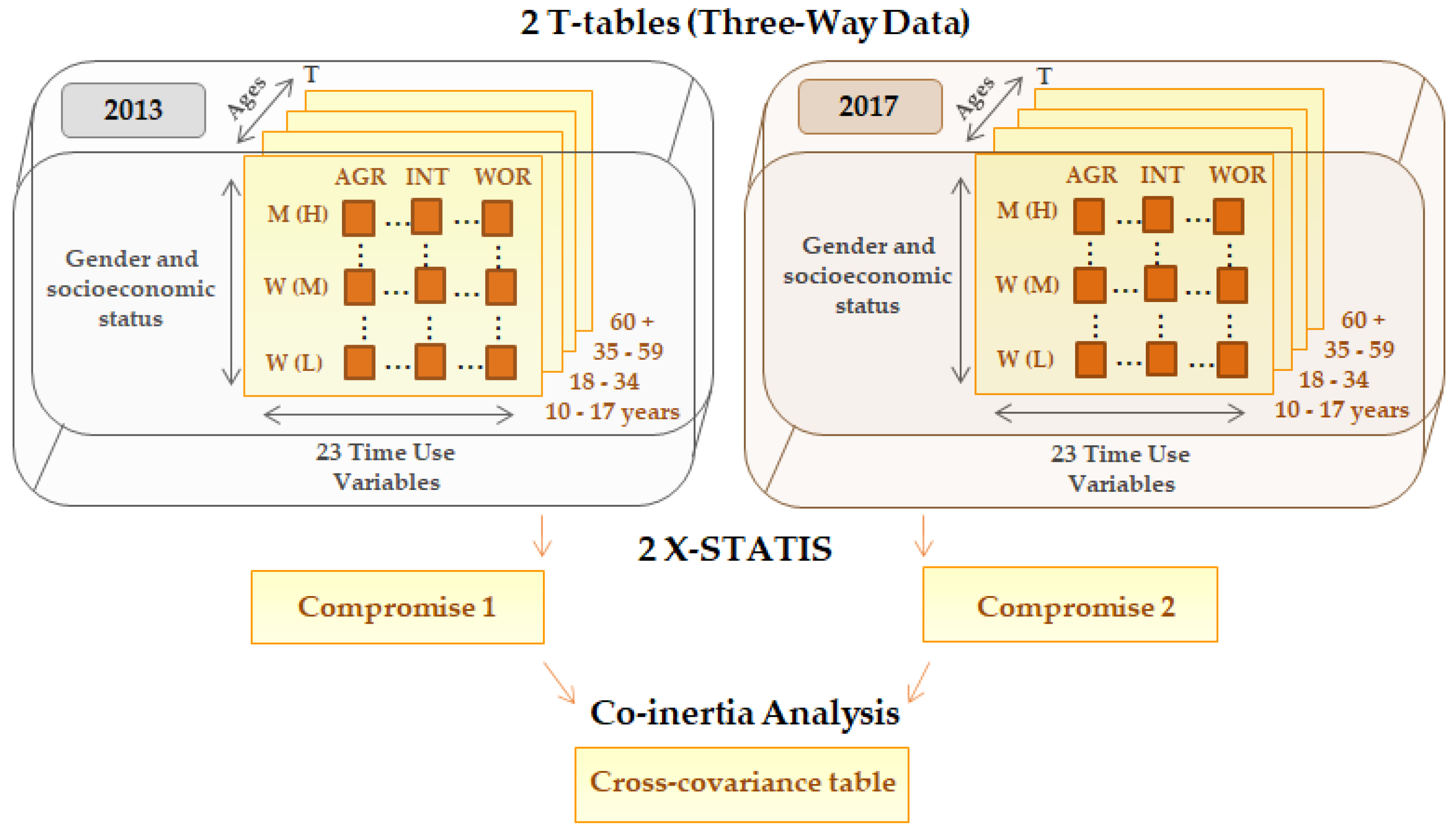
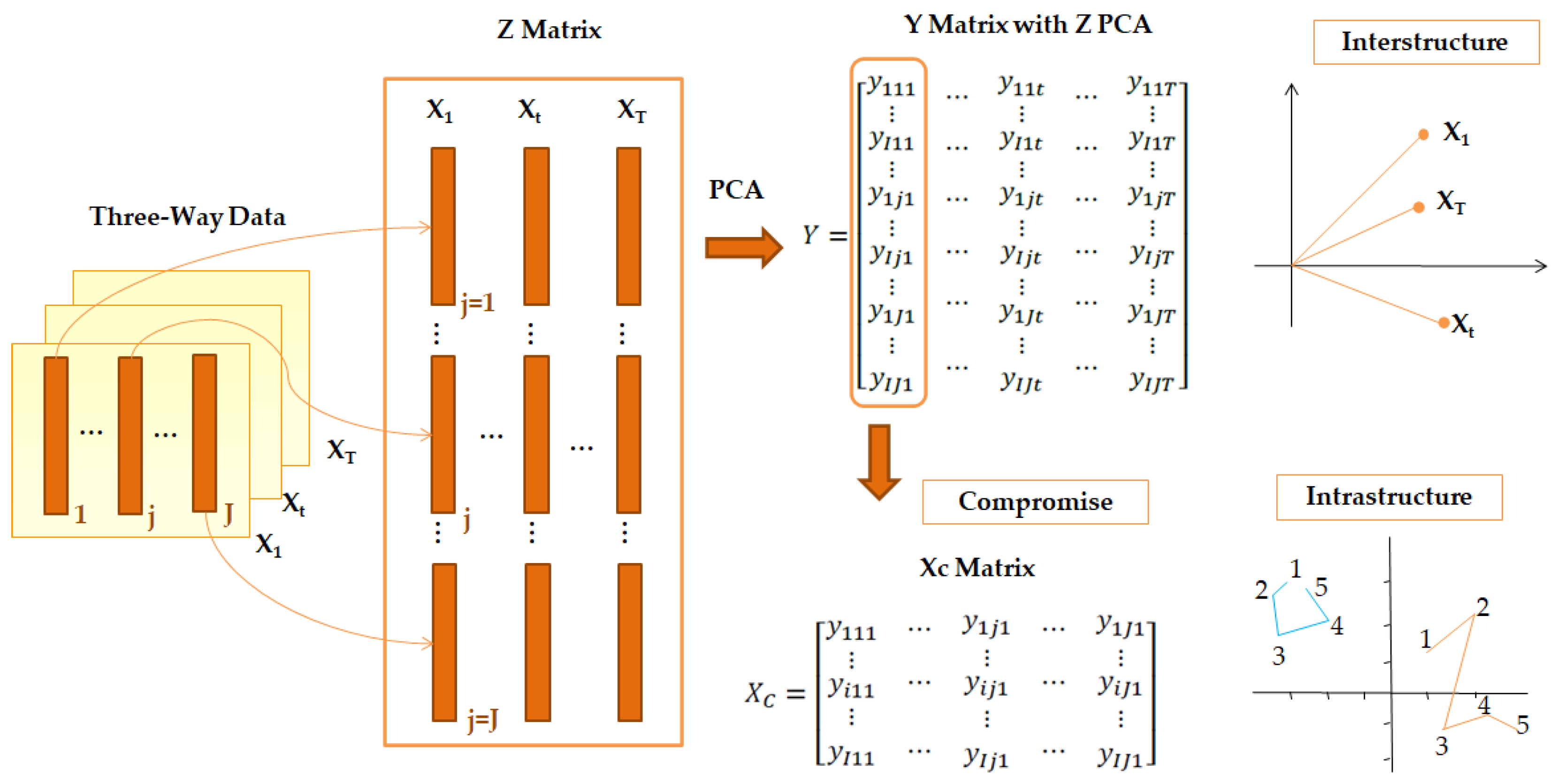
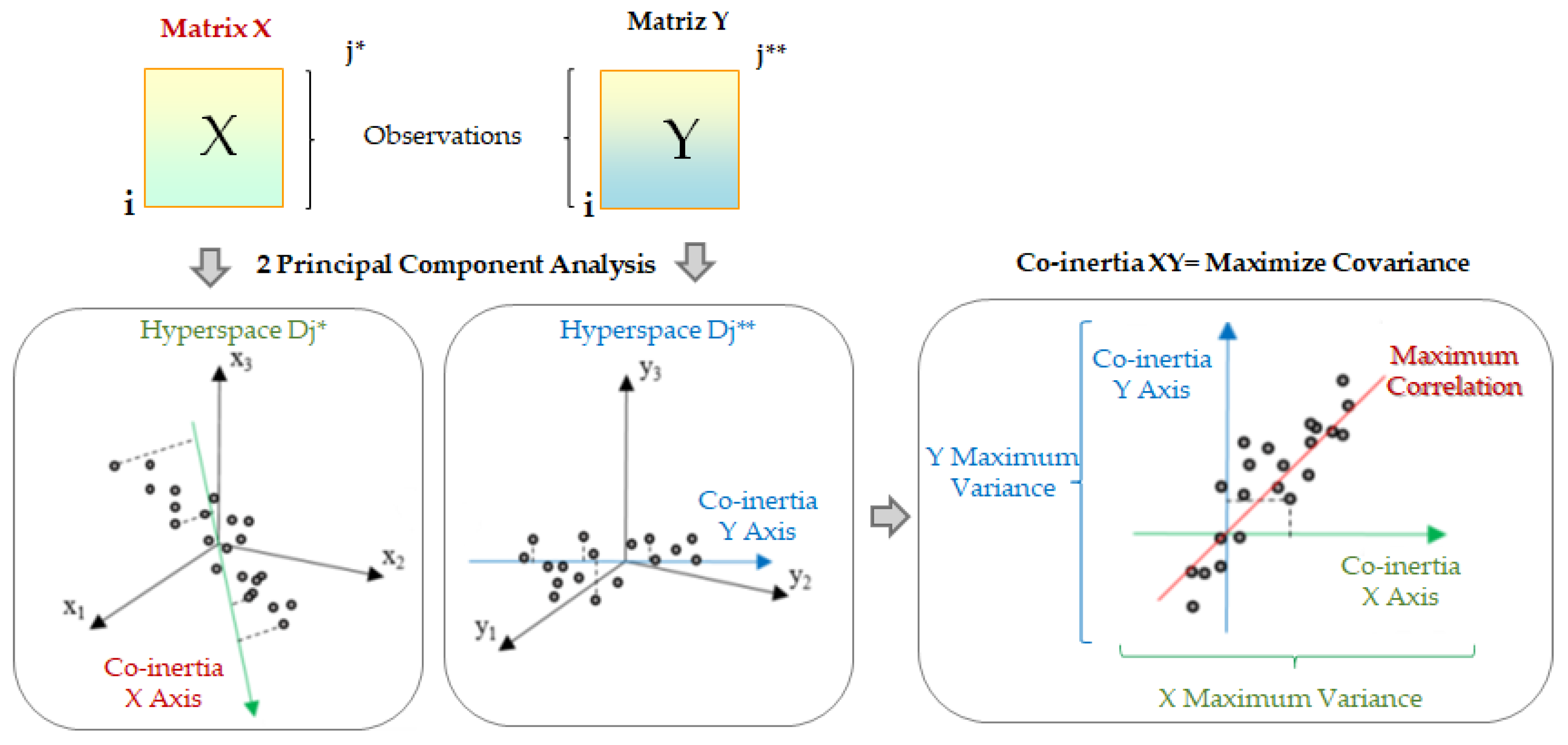
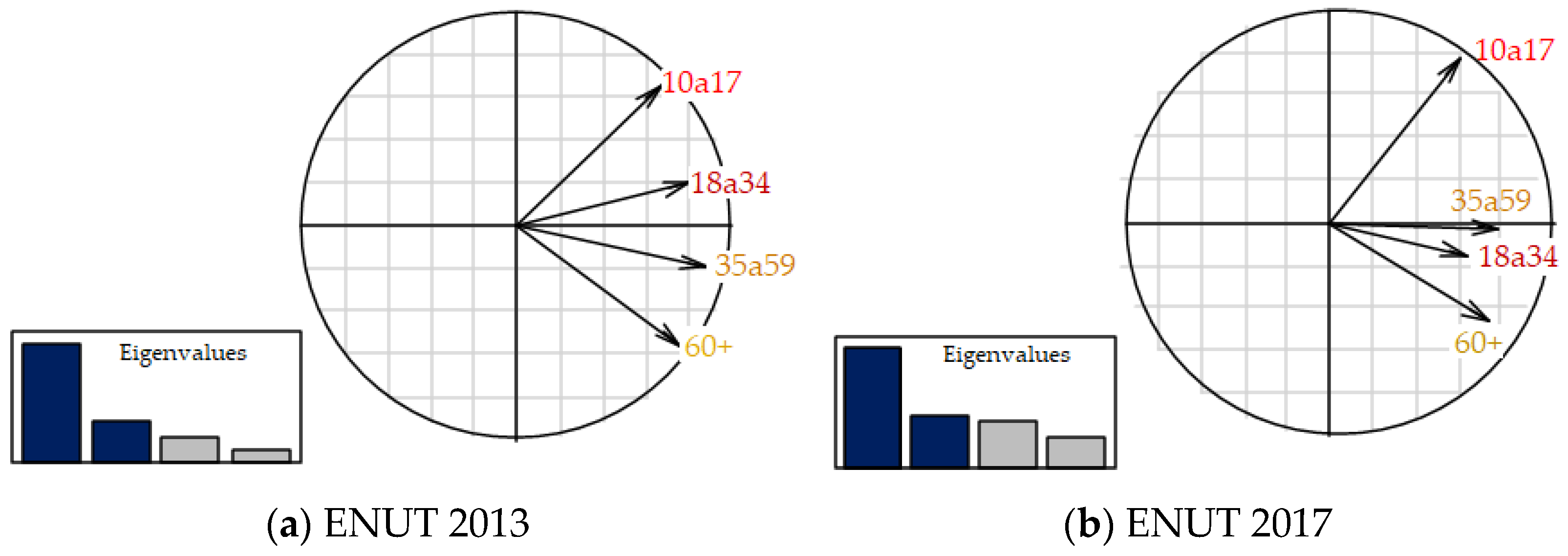
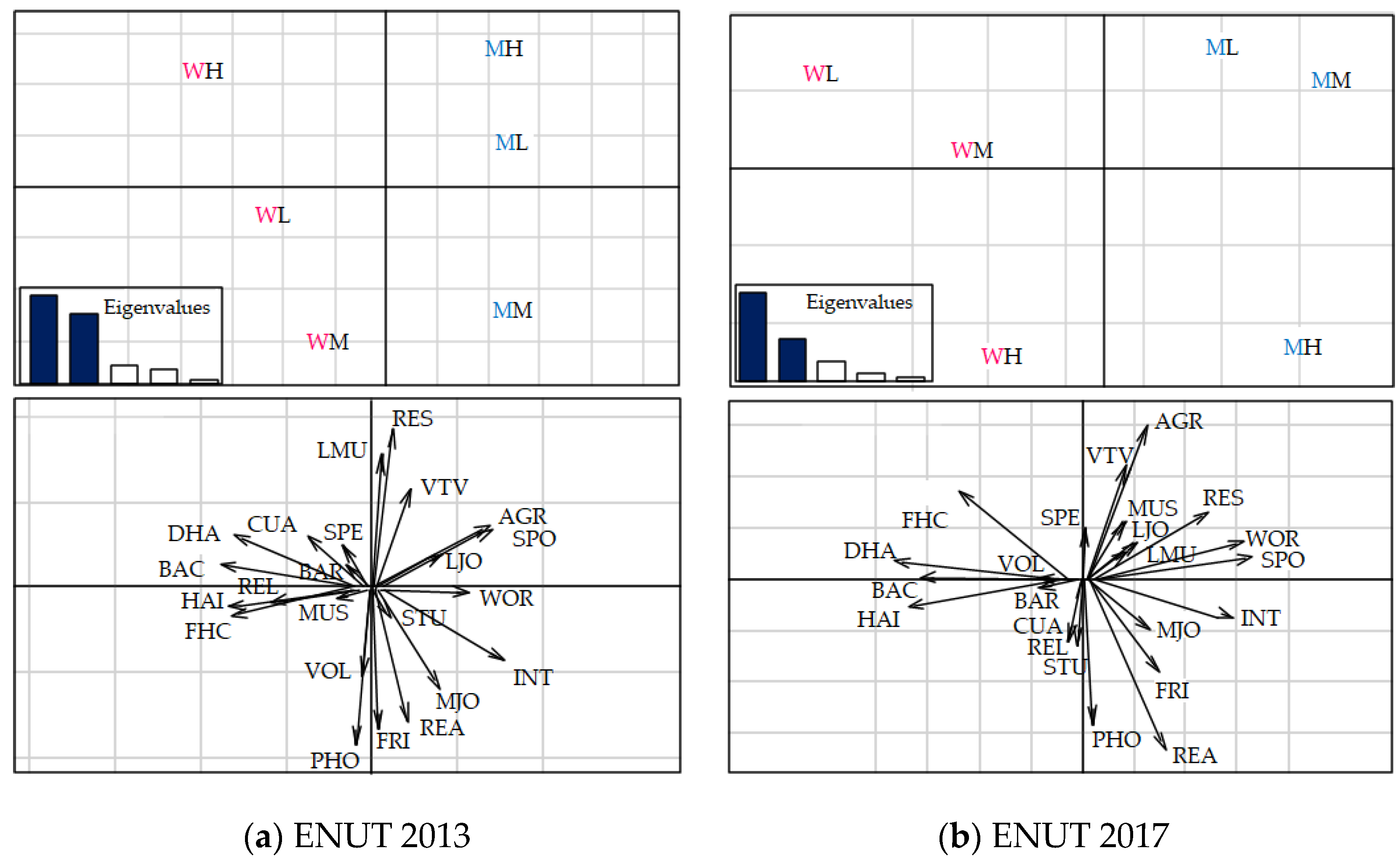
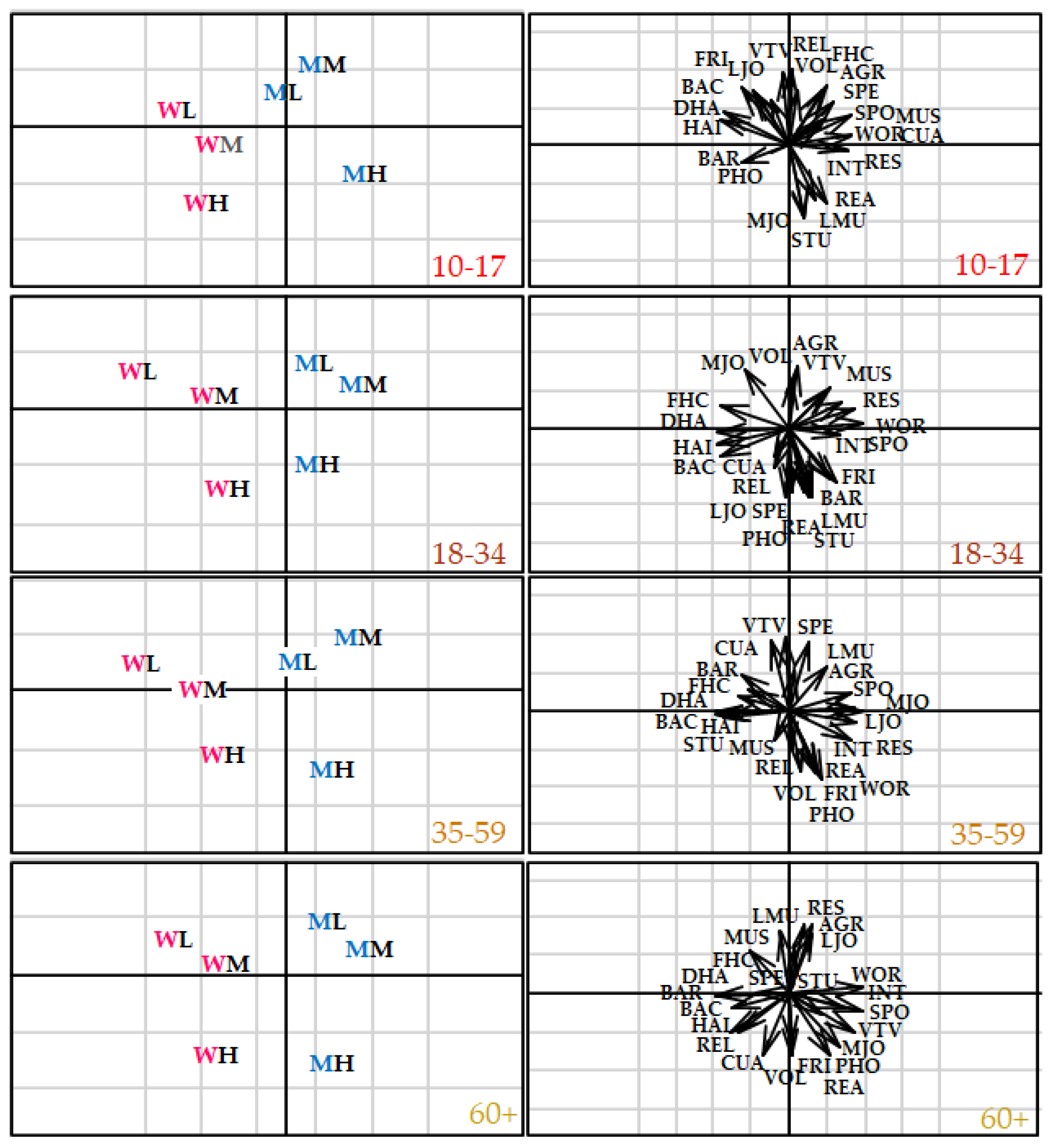
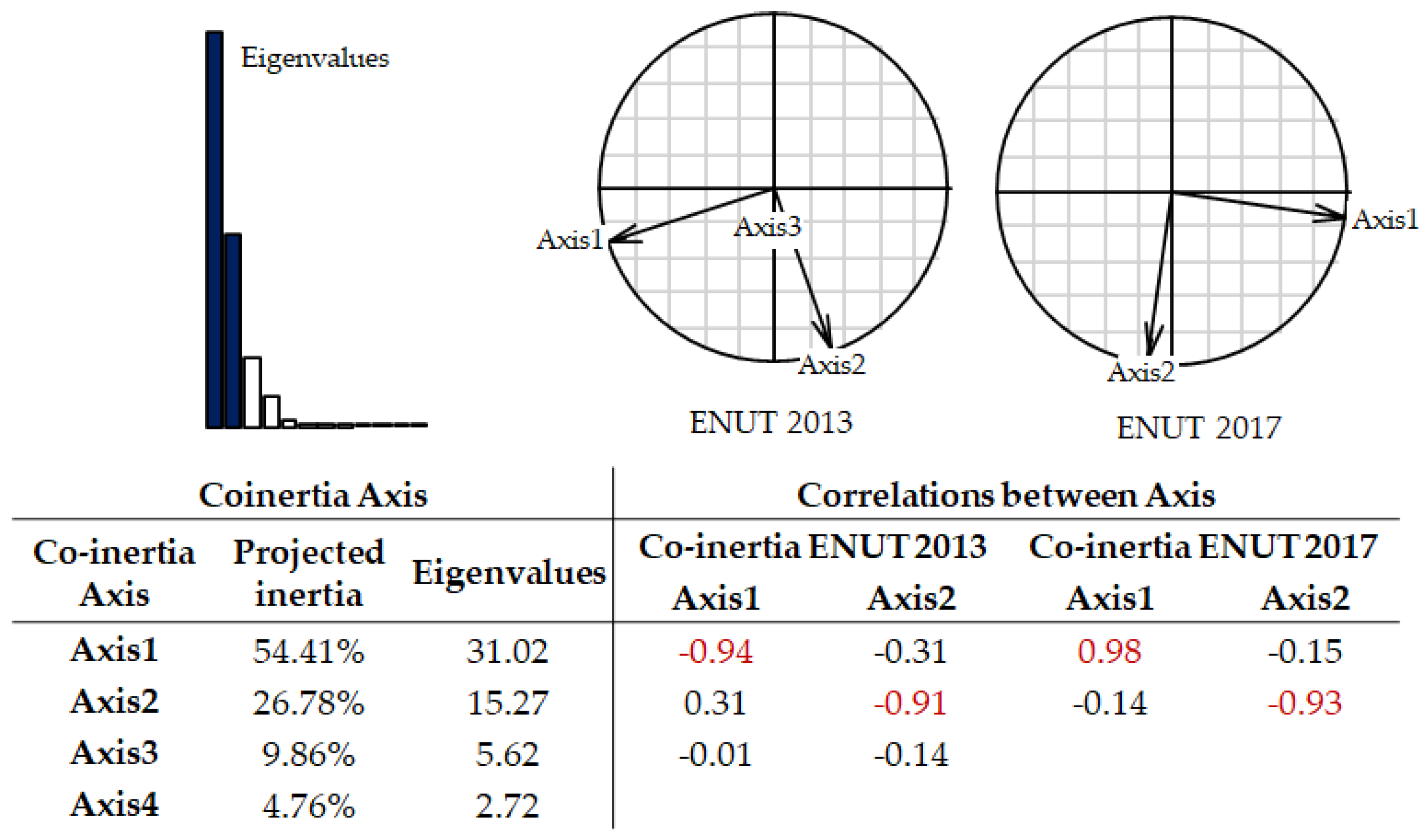

| Notation | Activities |
|---|---|
| AGR | Agricultural activities |
| BAC | Basic activities (eating, sleeping, and taking a shower) |
| BAR | Going to bars |
| CUA | Attend cultural events or activities |
| DHA | Domestic and household activities (preparing food, cleaning the home, etc.) |
| FHC | Family and home care activities (caring for children and other household members) |
| FRI | Visit to friends |
| HAI | Time at the hairdresser |
| INT | Internet and chats |
| LJO | Looking for a job and establishing your own business |
| LMU | Listening to music |
| MJO | Movements and journeys (for studying, working, or household care) |
| MUS | Music and art (practice a musical instrument, paint, etc.) |
| PHO | Speaking on the phone |
| REA | Reading |
| REL | Religious acts (to attend or organize religious activities) |
| RES | Time to rest |
| SPE | Going to sport events |
| SPO | Practicing sports |
| STU | Study time |
| VOL | Voluntary activities |
| VTV | Watching videos and TV (media consumption) |
| WOR | Work time |
| ENUT Colombia (2013) | ENUT Colombia (2017) | |||||||||
|---|---|---|---|---|---|---|---|---|---|---|
| Women/Men | 10–17 | 18–34 | 35–59 | 60+ | Total | 10–17 | 18–34 | 35–59 | 60+ | Total |
| Low SES | 8112 | 15,005 | 15,769 | 5885 | 44,771 | 7402 | 15,186 | 17,309 | 7293 | 47,190 |
| Middle SES | 2128 | 5318 | 6843 | 3357 | 17,646 | 1649 | 4597 | 6487 | 3741 | 16,474 |
| High SES | 174 | 516 | 810 | 472 | 1972 | 115 | 369 | 723 | 507 | 1714 |
| Total Women | 10,414 | 20,839 | 23,422 | 9714 | 64,389 | 9166 | 20,152 | 24,519 | 11,541 | 65,378 |
| Low SES | 8153 | 13,057 | 13,357 | 5067 | 39,634 | 7644 | 13,793 | 14,707 | 6184 | 42,328 |
| Middle SES | 2150 | 4666 | 5324 | 2317 | 14,457 | 1753 | 4136 | 5051 | 2627 | 13,567 |
| High SES | 145 | 370 | 565 | 339 | 1419 | 132 | 351 | 517 | 347 | 1347 |
| Total Men | 10,448 | 18,093 | 19,246 | 7723 | 55,510 | 9529 | 18,280 | 20,275 | 9158 | 57,242 |
| ENUT 2013 | ENUT 2017 | ||||||||
|---|---|---|---|---|---|---|---|---|---|
| 10–17 | 18–34 | 35–59 | 60 or older | 10–17 | 18–34 | 35–59 | 60 or older | ||
| 10–17 | 1.00 | 0.48 | 0.45 | 0.22 | 10–17 | 1.00 | 0.24 | 0.35 | 0.18 |
| 18–34 | 0.48 | 1.00 | 0.57 | 0.43 | 18–34 | 0.24 | 1.00 | 0.28 | 0.33 |
| 35–59 | 0.45 | 0.57 | 1.00 | 0.67 | 35–59 | 0.35 | 0.28 | 1.00 | 0.48 |
| 60 or older | 0.22 | 0.43 | 0.67 | 1.00 | 60 or older | 0.18 | 0.33 | 0.48 | 1.00 |
| Dim1 | Dim2 | Dim3 | Dim4 | Dim5 | |
|---|---|---|---|---|---|
| ENUT 2013 | 25.19 | 20.42 | 4.84 | 4.22 | 1.32 |
| ENUT 2017 | 24.27 | 11.67 | 5.72 | 2.21 | 0.83 |
Publisher’s Note: MDPI stays neutral with regard to jurisdictional claims in published maps and institutional affiliations. |
© 2021 by the authors. Licensee MDPI, Basel, Switzerland. This article is an open access article distributed under the terms and conditions of the Creative Commons Attribution (CC BY) license (https://creativecommons.org/licenses/by/4.0/).
Share and Cite
Medina-Hernández, E.J.; Fernández-Gómez, M.J.; Barrera-Mellado, I. Analysis of Time Use Surveys Using CO-STATIS: A Multiway Data Analysis of Gender Inequalities in Time Use in Colombia. Sustainability 2021, 13, 13073. https://doi.org/10.3390/su132313073
Medina-Hernández EJ, Fernández-Gómez MJ, Barrera-Mellado I. Analysis of Time Use Surveys Using CO-STATIS: A Multiway Data Analysis of Gender Inequalities in Time Use in Colombia. Sustainability. 2021; 13(23):13073. https://doi.org/10.3390/su132313073
Chicago/Turabian StyleMedina-Hernández, Edith Johana, María José Fernández-Gómez, and Inmaculada Barrera-Mellado. 2021. "Analysis of Time Use Surveys Using CO-STATIS: A Multiway Data Analysis of Gender Inequalities in Time Use in Colombia" Sustainability 13, no. 23: 13073. https://doi.org/10.3390/su132313073
APA StyleMedina-Hernández, E. J., Fernández-Gómez, M. J., & Barrera-Mellado, I. (2021). Analysis of Time Use Surveys Using CO-STATIS: A Multiway Data Analysis of Gender Inequalities in Time Use in Colombia. Sustainability, 13(23), 13073. https://doi.org/10.3390/su132313073







